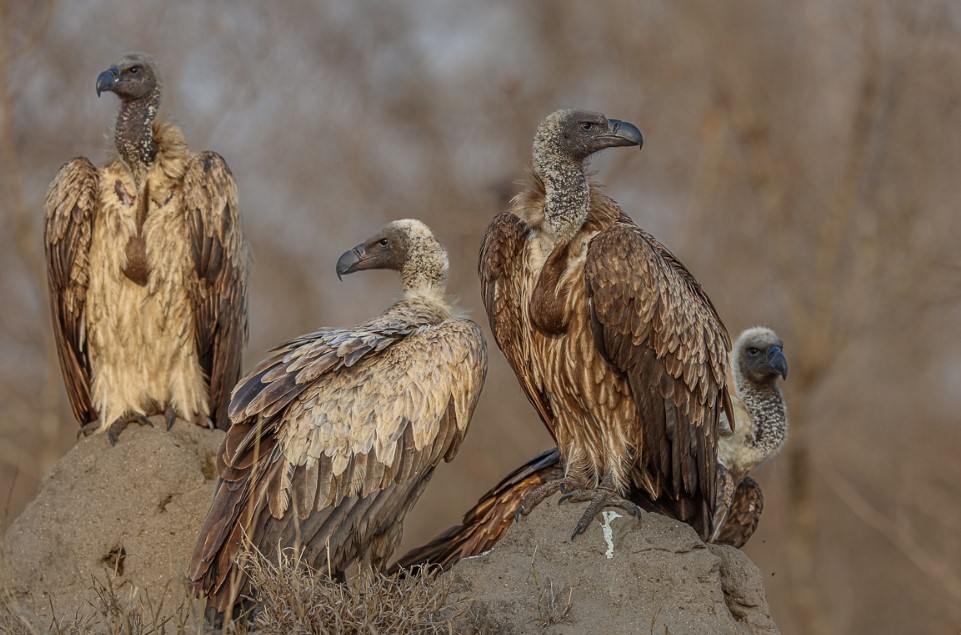7667766266
enquiry@shankarias.in
Mains: GS 3 – Bio-diversity and Disaster management
Recent decline in vulture populations reminds us the connection between their conservation and pandemic preparedness, alarms need for natural conservation of vultures.

A Carcass is the dead body of an animal, especially one that is to be cut up for meat or eaten by other animals. It can also refer to the frame or remains of an old, broken, or destroyed object, like a building or a vehicle.
Central Asian Flyway (CAF), a migratory route connecting breeding grounds in Central Asia to wintering areas across South Asia. This corridor spans more than 30 countries and is traversed by millions of migratory birds each year.